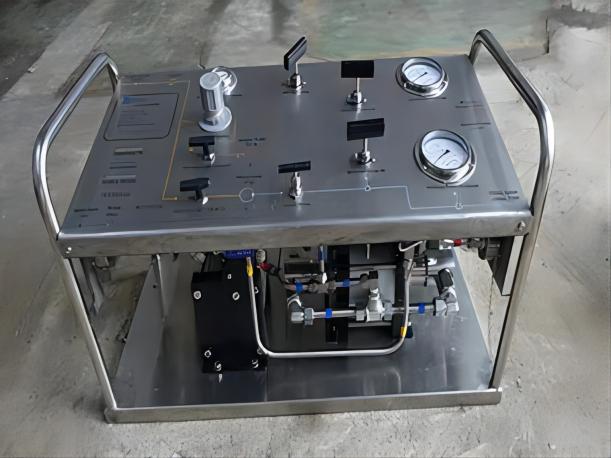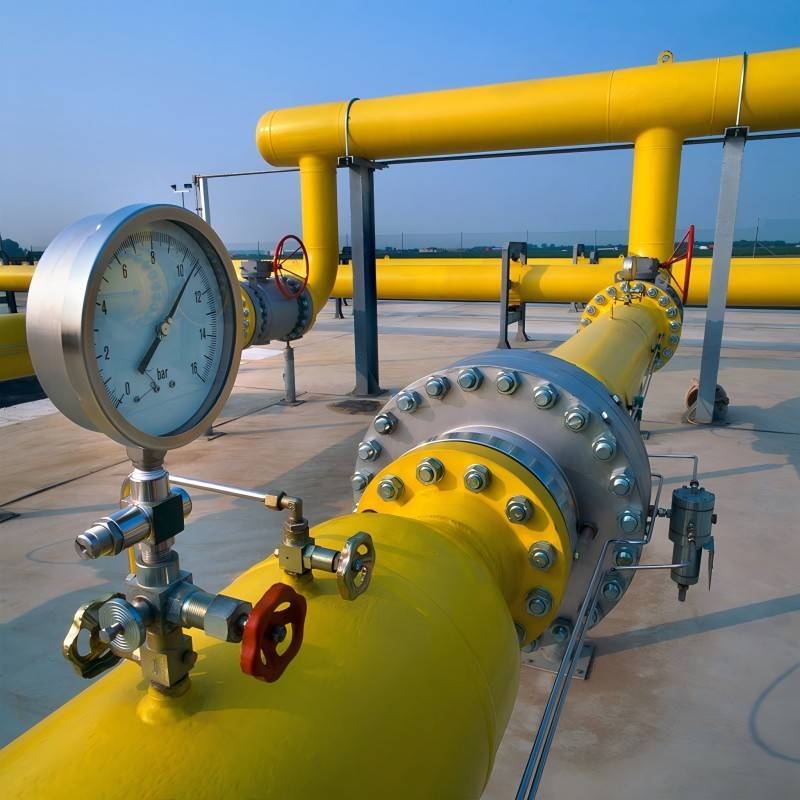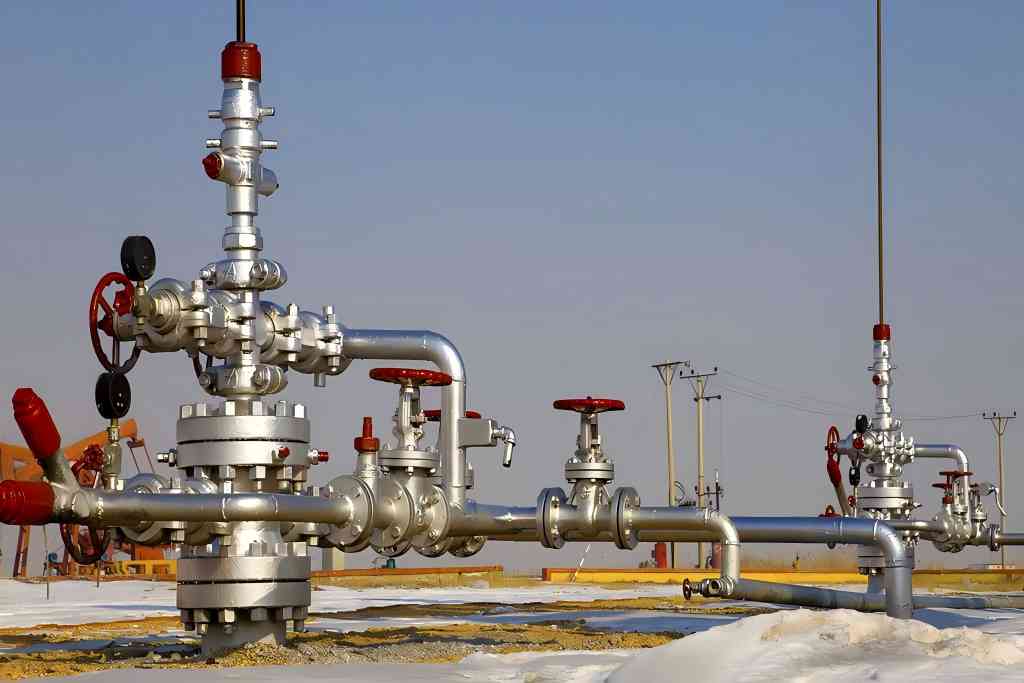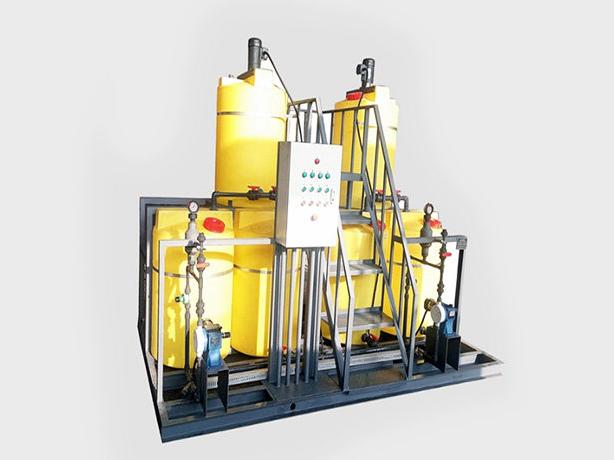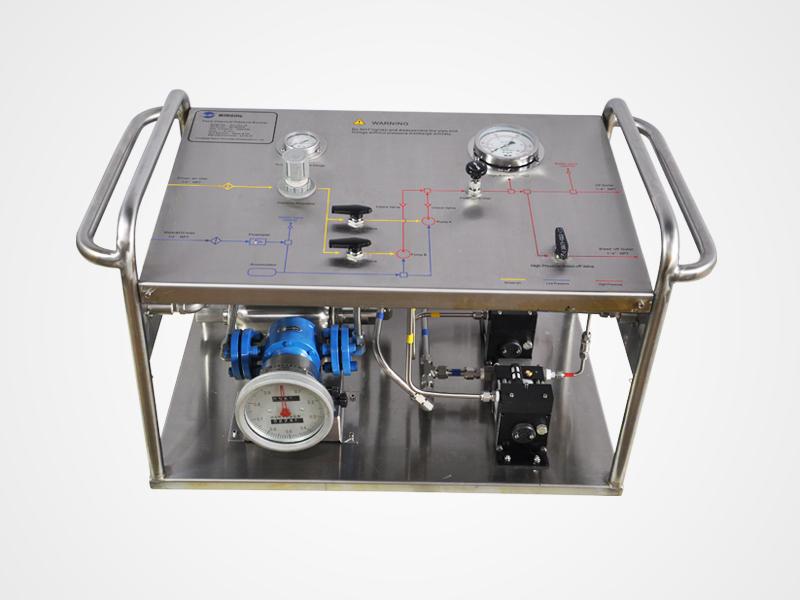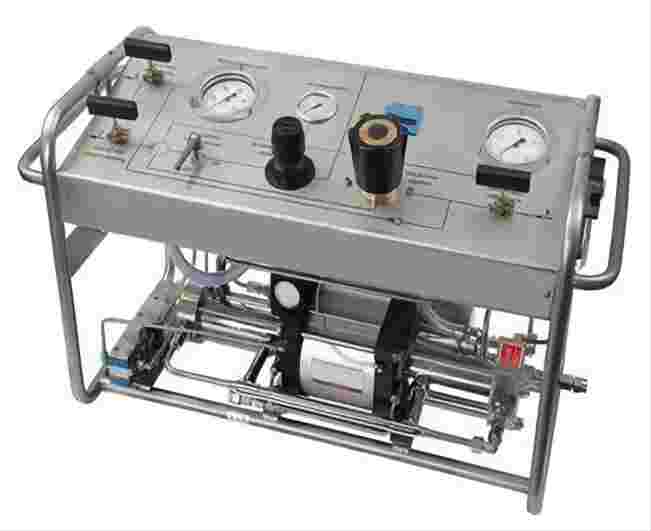How to Control the Portable Hydrostatic Water Test Pump Pressure And Flow Rate?
A hydrostatic pressure testing Pump is a device that is widely used to test the pressure and strength of water systems. This equipment is essential in industries such as plumbing, heating, ventilation, and air conditioning. The pressure and flow rate of the hydrostatic pressure Pump needs to be carefully monitored and controlled to ensure the accuracy and reliability of the test results. Here, we will discuss the different ways to monitor and control the pressure and flow rate of portable hydrostatic water test pumps.
Pressure and Flow Rate Monitoring
Monitoring the pressure and flow rate of a portable hydrostatic water test pump is essential to ensure the accuracy of the test results. There are different types of pressure gauges and sensors available in the market, including mechanical, digital, and dial gauges. Mechanical gauges are the most common and are easy to use. They work by converting the pressure into a mechanical movement, which is then displayed on a scale. Digital gauges, on the other hand, display the pressure reading in digits and are more accurate than mechanical gauges. Dial gauges work similarly to mechanical gauges, but they have a larger dial face and are easier to read.
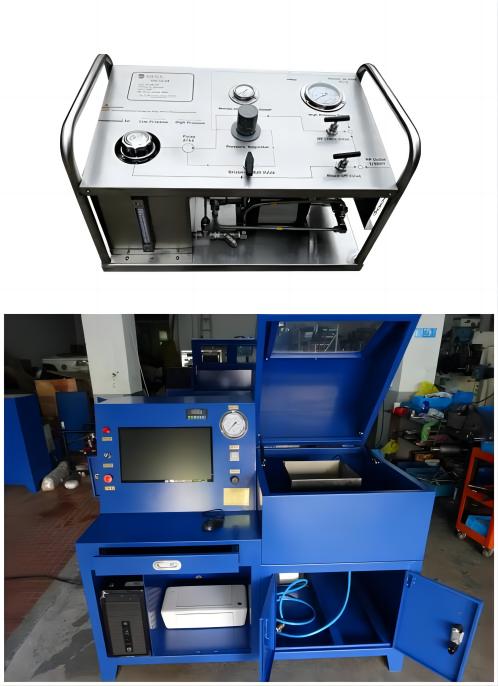
To set up the pressure gauge or sensor, users need to connect it to the portable hydrostatic water test pump. The pressure gauge or sensor should be placed in a position where it is easy to read and where it is not at risk of being damaged. Users should ensure that the gauge or sensor is compatible with the pump’s pressure range and that it is calibrated correctly.
Reading and Interpreting the Pressure Gauge or Sensor
Reading and interpreting the pressure gauge or sensor is an essential part of monitoring the pressure and flow rate of a portable hydrostatic water test pump. Users need to read the gauge or sensor carefully to ensure that they are obtaining accurate readings. The pressure reading should be taken when the pump is in operation, and the water flow rate is stable. The reading should be recorded, along with the date and time, for future reference.
Interpreting the pressure gauge or sensor reading requires some basic knowledge of the equipment. Users should know the pressure range of the portable hydrostatic water test pump and the desired pressure for the test. If the pressure reading is lower than the desired pressure, users need to increase the pressure by adjusting the pressure relief valve. If the pressure reading is higher than the desired pressure, users need to decrease the pressure by releasing some of the water from the pump.
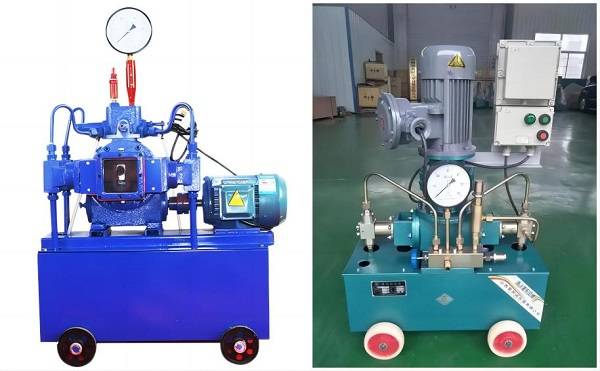
Pressure and Flow Rate Control
Controlling the pressure and flow rate of a portable hydrostatic water test pump is essential to ensure the accuracy and reliability of the test results. There are two ways to control the pressure and flow rate of the pump: manual control and automatic control.
Manual Control: Adjusting the Pressure Relief Valve
Manual control involves adjusting the pressure relief valve to regulate the pressure and flow rate of the pump. The pressure relief valve is a safety device that prevents the pump from over-pressurizing. Users can adjust the pressure relief valve to increase or decrease the pressure and flow rate of the pump. To adjust the pressure relief valve, users need to turn the adjusting screw clockwise or counterclockwise, depending on the desired pressure.
Automatic Control: Using a Pressure Controller
Automatic control involves using a pressure controller to regulate the pressure and flow rate of the pump. A pressure controller is an electronic device that monitors the pressure and flow rate of the pump and automatically adjusts the pressure relief valve to maintain a constant pressure and flow rate. Users can set the desired pressure and flow rate on the pressure controller, and the device will automatically adjust the pressure relief valve to maintain the desired pressure and flow rate.
Setting the Desired Pressure and Flow Rate
Setting the desired pressure and flow rate of the portable hydrostatic water test pump is critical to obtaining accurate and reliable test results. The desired pressure and flow rate will vary depending on the specific application and the requirements of the test. Users should consult the hydrostatic test pump manufacturer’s instructions or a professional to determine the appropriate pressure and flow rate for their specific application.
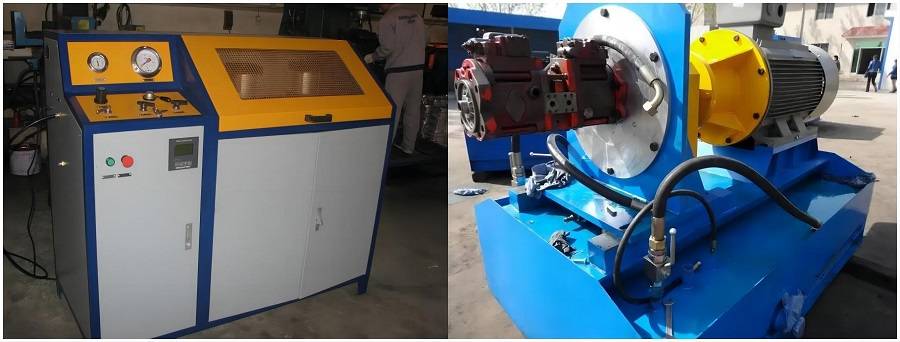
Best Practices for Pressure and Flow Rate Control
To ensure the accuracy and reliability of the test results, users should follow best practices for monitoring and controlling the pressure and flow rate of portable hydrostatic water test pumps. These best practices include regular inspection of the equipment, calibration of the pressure gauge or sensor, and maintenance of the pressure relief valve or controller.
Regular Inspection of the Equipment
Regular inspection of the equipment is essential to ensure that it is in good working condition. Users should regularly inspect the pump, pressure gauge or sensor, and pressure relief valve or controller for signs of wear and tear, damage, or leaks. Any issues should be addressed immediately to prevent further damage or potential safety hazards.
Calibration of the Pressure Gauge or Sensor
Calibration of the pressure gauge or sensor is essential to ensure accurate readings. Users should calibrate the pressure gauge or sensor regularly using a calibration tool or a professional calibration service. Calibration ensures that the gauge or sensor is measuring pressure accurately and that the readings are reliable.
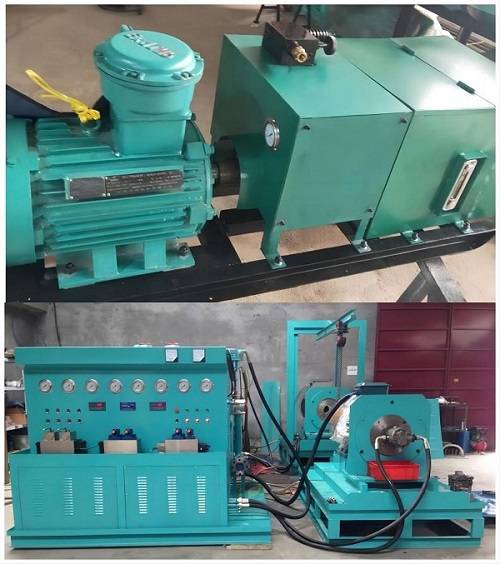
Maintenance of the Pressure Relief Valve or Controller
Maintenance of the pressure relief valve or controller is essential to ensure that they are functioning correctly. Users should follow the manufacturer’s instructions for maintenance, which may include regular cleaning, lubrication, or replacement of parts. Proper maintenance ensures that the pressure relief valve or controller is regulating pressure accurately and that it is not at risk of malfunctioning.
Conclusion
In conclusion, monitoring and controlling the pressure and flow rate of a portable hydrostatic water test pump is critical to obtaining accurate and reliable test results. Users should follow best practices for equipment inspection, calibration, and maintenance to ensure that the equipment is functioning correctly. By following these guidelines, users can ensure that their portable hydrostatic water test pump is operating at peak performance and producing accurate and reliable test results.

